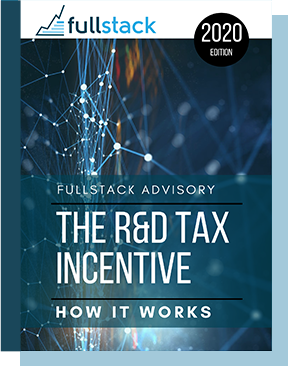The corporate share of the US R&D budget is growing, with about two-thirds of that total funded in 2008, according to the Congressional Research Service.
Businesses across the country are using them to generate
tax savings based on the resources invested in developing new and improved
products and processes. The US was one of the first nations that provide tax
incentives for business research and development, and it has become an
important tool used by countries to build their capacity for innovation and
promote growth. Many other countries have now introduced similar incentives,
but many of them are more generous.
The documentation strategy of companies is crucial to
establishing tax credits for research and development, and this article covers
the financial documentation required to substantiate this. With the right
documentation, an organization can achieve significant tax savings by using
these tax incentives.
Research and development tax credits are a strong incentive because they provide tax relief on the taxes that taxpayers are due and paid to taxpayers engaged in qualified R&D tax incentive activities. They are offset against the federal income tax rate and are also offered by foreign jurisdictions.
 |
| R&D Tax Incentive |
Some of them can offset
up to 20% of a company's annual tax bill in the first year of operation. R&D tax credits are taxes owed or paid for taxpayers engaged in qualified R&D activities.
Plans to create a database of qualified research activities
and an infrastructure to collect concurrent documents are crucial to reduce
future tax liabilities and to synthesis evidence that, after review and
verification, the tax credits for research and development will be sustainable.
Tax relief for research and development is also an important tool to support a
company's research and development efforts.
Why R&D Tax Incentive is Important?
The research and development tax credit is one of the
most important tax incentives that still exist under current tax legislation to maximize a company's cash flow and earnings. R&D tax credits can reward
many tasks that can be carried out in the field of research and development,
such as the development of new products, technologies and services, including
and fulfilling many of these tasks. D study usually includes the number of
items that are ultimately to be submitted in the tax return, as well as the
accompanying documents.
 |
| R&D Tax Incentive |
It is one of the most significant domestic tax credits
that remain under current tax law and an essential tool for maximizing a
company's cash flow and earnings.
As R&D credit has been available since 1981, less than one third of eligible companies have realized that they are eligible for the credit.
Patents that are taxed as income from intellectual
property are generally considered as part of a company's income tax liability,
not as a tax credit.
Today's map focuses on the latter, showing the number of
European and COED countries that grant expenditure - based on tax breaks for
research and development. The implicit rate of tax subsidies developed by the COED is one way to measure the impact of spending on tax revenues. This tax
breaks for businesses.
The tax subsidy is measured on the basis of the pre-tax
income required to break even on an investment unit, provided that it is a
representative entity.
No comments:
Post a Comment